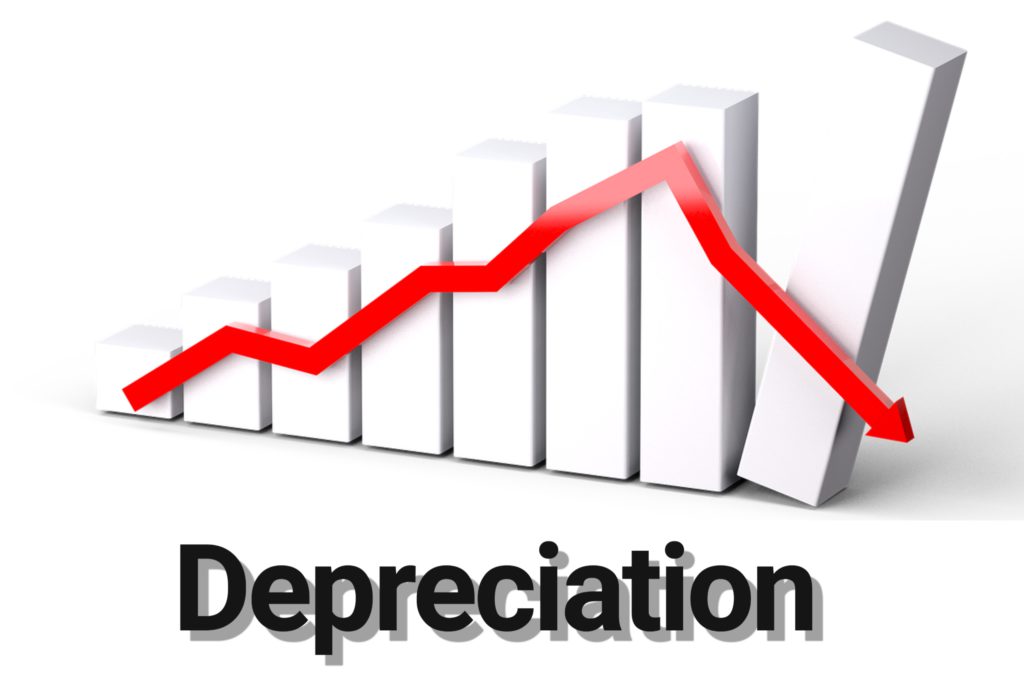
Key Takeaways:
- Amortization is a process of paying off a loan over time through regular payments that include both principal and interest.
- With each payment made on an amortized loan. A portion goes towards paying down the principal and another portion goes towards paying off the interest.
- It’s important to understand the terms and conditions of your amortized loan, such as the length of the term, the interest rate, and any prepayment penalties or fees.
Amortization is a fundamental concept in finance that involves the gradual reduction of a loan or an asset’s value over time through regular payments. It is widely used in various financial contexts, such as loans, mortgages, and investments. Understanding how amortization works are crucial for borrowers and investors to effectively manage their finances and make informed decisions.
What is Amortization?
Amortization is a way of spreading out the cost of something over time. Let’s say you buy a car for $20,000, but you don’t want to pay for it all at once. Instead, you take out a loan and make monthly payments to the lender. Each payment you make includes some money to pay off the loan balance (the principal) and some money to pay the lender for letting you borrow the money (the interest).
The process of amortization is how you figure out how much of each payment goes towards paying off the loan balance and how much goes towards paying the interest. In the beginning, most of your payment will go towards paying the interest. But over time, more and more of your payment will go towards paying off the principal.
Significance of Amortization
Amortization is a significant financial concept that helps borrowers and lenders to manage their cash flow, save on interest costs, invest in assets, and plan for taxes. It is an essential tool for anyone who is involved in lending or borrowing activities.
Its significance can be seen from the following perspective:
- Helps in Budgeting: Amortization allows borrowers to budget and plan their payments by spreading the cost of a loan or asset over a fixed period of time. This makes it easier to manage cash flow and plan for future expenses.
- Predictable Payments: Amortization ensures a predictable stream of payments for lenders, which helps them to manage their own cash flow and to plan for future lending activities.
- Saves Interest Costs: By paying off a loan over time with regular payments, amortization helps borrowers to save on interest costs. This is because the payments include both principal and interest, which reduces the amount of interest owed over time.
- Facilitates Investment: Amortization allows borrowers to invest in assets that they might not otherwise be able to afford. By spreading the cost of an asset over time, borrowers can make smaller payments while still reaping the benefits of ownership.
- Helps with Tax Planning: Amortization can also be helpful for tax planning purposes. For example, borrowers may be able to claim deductions for interest payments, which can help to lower their tax liability. Additionally, amortization schedules can be used to track the tax implications of early loan repayment.
What is Amortized Loan?
An amortized loan is a type of loan that requires the borrower to make regular payments consisting of both principal and interest over a set period of time. In other words, each payment made by the borrower is divided between paying off a portion of the principal amount borrowed and paying interest on the outstanding balance.
Let’s say you take out a $10,000 loan for a car with a 5-year term and a 5% interest rate. With an amortized loan, your payments will be divided into equal amounts of principal and interest. So you pay off both over the course of the loan.
In the first month, your payment might be $188.71. Of that, $41.67 goes toward paying off the interest (which is calculated based on the outstanding balance of the loan), and $147.04 goes toward paying down the principal. So after the first payment, your outstanding balance would be $9,852.96.
In the second month, your payment would be the same amount. But the interest would be calculated based on the new outstanding balance of $9,852.96. So in the second month, $41.10 would go toward paying interest, and $148.61 would go toward paying down the principal. This would leave you with an outstanding balance of $9,704.35.
Your payments would gradually pay down the principal. So that by the end of the 5-year term, you would have paid off the entire $10,000 loan. And because the interest is calculated based on the outstanding balance, your interest payments will decrease over time as well.
Conclusion
In conclusion, amortization is a key concept in finance that plays an important role in managing debt. By spreading out the cost of a loan over time, borrowers can make regular payments that gradually pay down the principal balance and interest.
Amortized loans provide predictability and stability for borrowers, making it easier to plan for and manage their finances. Understanding the concept of amortization is essential for anyone who is taking out a loan or managing debt. It’s important to carefully review the terms and conditions of any loan agreement before signing on the dotted line.
With a solid understanding of amortization, borrowers can make informed decisions that help them achieve their financial goals.
In our next article, we will talk about different types of amortization, and their advantages and disadvantages.
Follow us to stay updated: https://contentonweb.com/
Disclaimer: In this article is for informational purposes only and should not be construed as investment advice. Investing in financial markets involves risk, and individuals should carefully consider their own financial situation. Consult with a professional advisor before making any investment decisions. The author and the publisher of this article do not accept any liability for any loss or damage caused by reliance on the information provided herein.
Recent Posts
- Starburst Iphone : Instrument vers avec casino en ligne dogecoin sans aucun frais
- Play practical link Added bonus Deuces Insane 50 Hands gambling enterprise online game because of the Habanero in the Getwin
- Divin Aventure : meilleur casino en ligne en ligne Plaisir de outil vers avec gratis un tantinet pour Netent
- Since the Play Issues 25 dollar free no deposit casinos LA’s Primary Kids Fitness center
- Gonzo’s Quest thirty-five Totally free Spins No deposit
Recent Comments

Options in Finance: A Comprehensive Glossary to Empower Your Understanding

When the world order responds to cryptocurrency: CBDC

India’s CBDC Project: A New Direction Towards Digital Currency

How to Earn Passive Income Using a Staking Pool?



